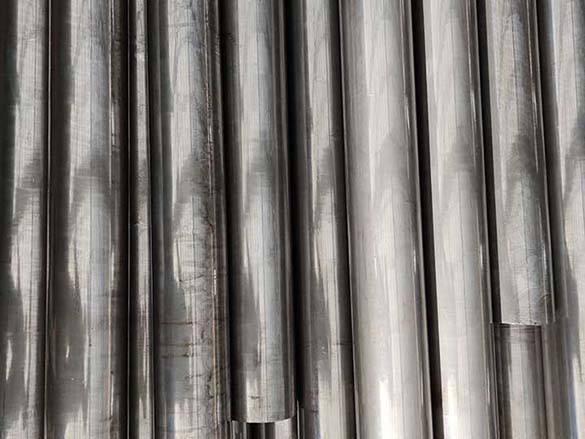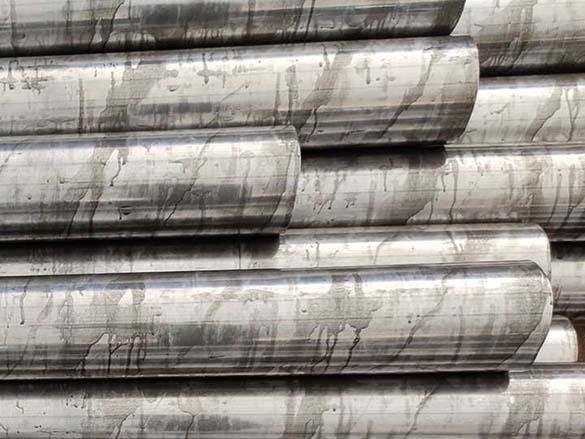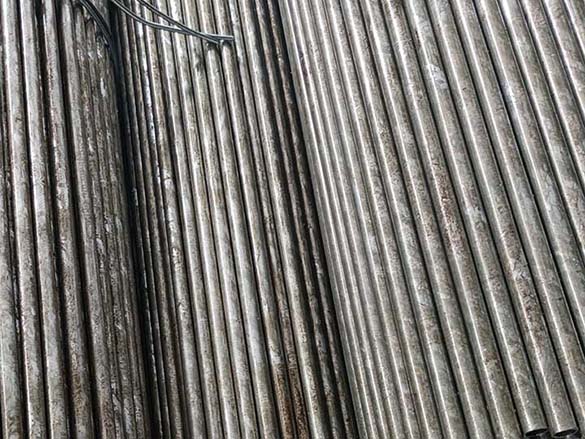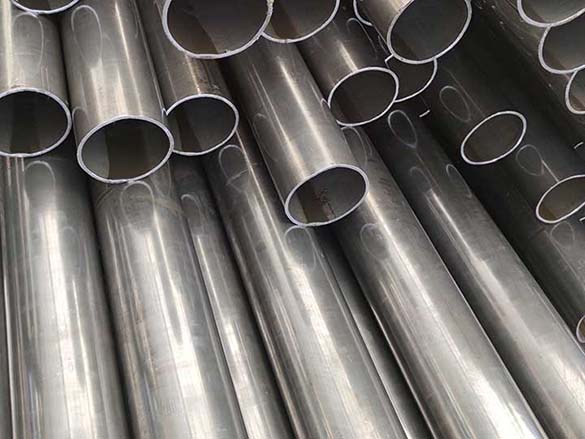Sorbitized (5.50) precision steel pipe for automobile parts. The original name was “lead quenching method”. Since the 1950s, our country has heated the steel wire to the austenitizing temperature, and then immersed it in the lead bath at the temperature near the nose of the isothermal transformation diagram. The isothermal temperature is maintained until the austenitic decomposition is completed, and then the precision steel pipe specially used for automobile parts is taken out and cooled in the air to obtain all or most of the sorbite structure. Self heating and spontaneous tempering (6.4) (6.5).
Previously, there was a general term of “spontaneous combustion”, which was understood to mean that after the surface quenching of the precision steel pipe for automobile parts, the quenched parts of the precision seamless pipe for automobile parts were heated and tempered due to the heat conduction outward in the heart. However, from the in-depth study of low-carbon martensite, it is found that due to its high Ms point, the tempering is spontaneously formed in the quenching process of precision steel pipes for automobile accessories, which is called spontaneous tempering. This is the process of heat transfer from the core of precision automobile steel pipes to the surface and tempering by heating. Natural stabilization (or natural stabilization treatment) (7.8).
Casting placed in the open air for a long time will cause casting stress relaxation, thus stabilizing the shape and size of the casting, which is generally called aging treatment in China. Although the English word “seasoning” can be literally translated as “aging”, aging has been clearly defined in the specialty of heat treatment process of precision steel pipes for metal structures and auto parts, that is, after solution treatment or cold plastic deformation, its performance changes with time when it is placed at room temperature or at a slightly higher temperature.
The performance change of precision steel pipe materials specially used for automobile parts after aging is the precipitation of particles formed by component diffusion, excluding the relaxation or elimination of internal stress. In order to avoid confusion, castings shall be named as “natural (or natural) stability” instead of “aging”. Carbon content distribution (8.23). The carbon content of special precision steel pipe for automobile parts refers to the carbon content in the whole or part of the steel parts, but there is no limited form. Its carbon concentration is limited to solid solution in α Iron or γ Carbon content of iron.
Carbides often appear on the carburized surface of alloy steel automotive precision steel tubes, especially the carbide strengthened carburizing (8.14) developed in recent years. Therefore, it is appropriate to take the carbon content as the quantitative expression of the carbon content in the carburized layer. Carbon activity (8.27). The physical meaning of activity is the effective concentration of a given solute in a given solution (or solid solution). Carburizing of precision steel pipes for automobile parts is generally done in the austenitic state, so the carbon activity of steel carburizing generally refers to the effective concentration of carbon in the austenite.
It should be pointed out that the activity and activity coefficient of carbon in ferrite should not be calculated by using empirical formulas at will. Terminology for surface treatment of precision bright tubes for automobiles. Because the surface treatment of precision steel pipes for automobile parts is a very widely used modification technology in the material industry today, the terms of laser cladding (12.1), laser shock treatment (12.2), micro arc oxidation (12.3), ion implantation (12.4), intense pulsed electron beam irradiation (12.20), plasma spraying (12.21), thermal spraying (12.22) and other related terms have been added on the basis of the terms of the 1999 edition. On this basis, we have adjusted the terms of these automotive transmission shaft precision steel tubes, and have done a good job in surface engineering and composite heat treatment of deposition terms
Post time: Oct-10-2022



